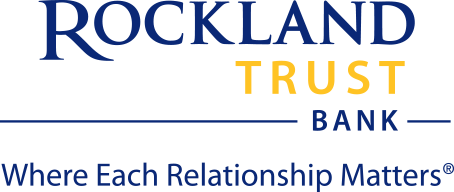Written by Steve Andrews

Optimism Among US Investors
US investors have turned euphoric as the economic data paints a “Goldilocks” scenario. Slower economic growth and slower inflation raise the odds that the Fed will shift from “higher for longer rates” to “sooner rather than later cuts.” The futures market for the Fed Funds rate is now pricing in at least four rate cuts over the next 12 months. With the recent inflation data, the odds have risen dramatically for the first cut to arrive in September.
Consumer Price Index Trends
The recent report on consumer prices (CPI) for June is feeding investor optimism as it showed that CPI fell 0.1% from May. This was the first monthly decline in CPI since May 2020 - back when the economy was shutting down from the pandemic. The June dip pulled the year-over-year rise in CPI to 3.0% (the smallest increase since March 2021).
Job Market and Wage Growth
As far as economic growth is concerned, the US consumer has done all the heavy lifting since the pandemic. Job growth has slowed somewhat but remains healthy. US Nonfarm payrolls grew 206,000 in June, led by a 136,000 increase in private payrolls. However, total job growth for April and May was revised down by 111,000 and the Unemployment Rate crept up to 4.1%. The labor force participation rate edged up to 62.6% (from 62.5%) and the participation rate for prime age workers (those 25 to 54 years old) climbed to 83.7% - its highest level since 2001.
Average hourly earnings rose 0.3% in June and were up 3.9% from a year ago as wage gains slow along with the rate of inflation. The separate ADP report on private payrolls for June showed that those who stayed on the job have seen a 4.9% pay increase over the past 12 months, while job switchers increased their pay by 7.7% (both were down 0.1% from May). The Fed will be happy to see this continued moderation as wages follow inflation.
Consumer Sentiment and Debt Levels
Despite the improving inflation picture, consumers remain extremely frustrated over higher prices for nearly everything compared to before COVID hit. Wages have caught up and surpassed inflation, which has taken a bit of the sting out of higher prices, but the aggravation remains. Meanwhile credit card debt and other revolving debt climbed to a new high ($1.3 trillion) in May. As a percentage of disposable income, consumer credit sits at its lowest level in nearly three years, so we’re not worried about a consumer debt bubble forming just yet.
Economic Growth and Future Outlook
Last December, most analysts were expecting no GDP growth in the first half of 2024. While GDP has slowed from its above-trend growth path in the second half of 2023, at 1.4% in Q1 and a projected 2.0% in Q2, economic growth has continued to exceed expectations. The path has been unnerving, and tracking economic progress has been akin to feeling your way along an unfamiliar hallway in the dark. That said, the economy appears to be “normalizing,” back to its 2010 – 2020 growth path which coincided with the longest economic expansion in modern US history. There’s no guarantee that we are on a similar track, but the economy seems to be settling into a pace that resembles the decade before the pandemic. Unlike the last episode, should the economy stumble, the Fed has more ammunition at its disposal (rate cuts) than it did back when rates were near 0%.





